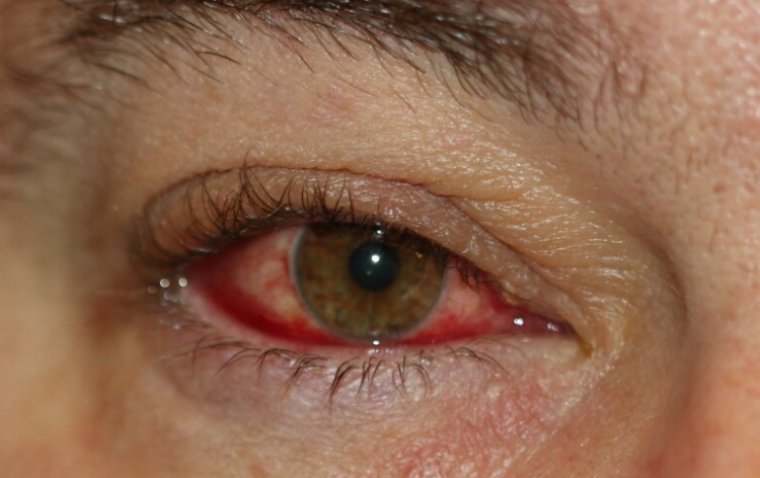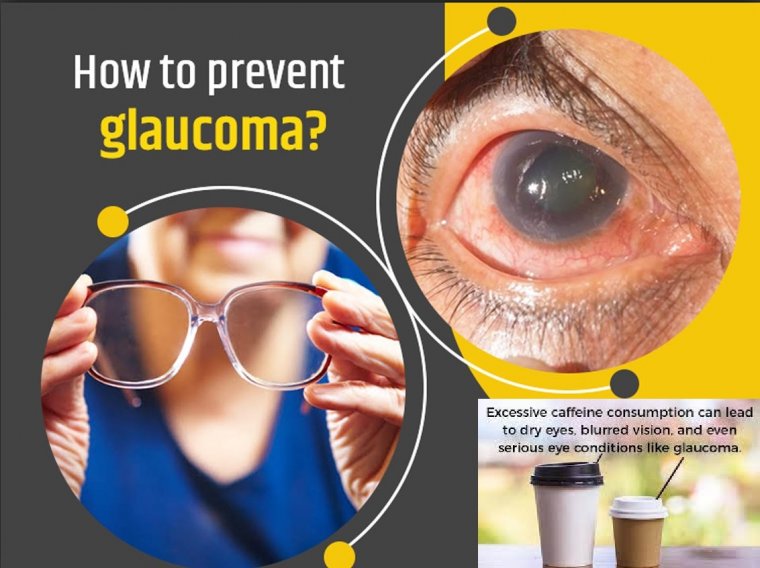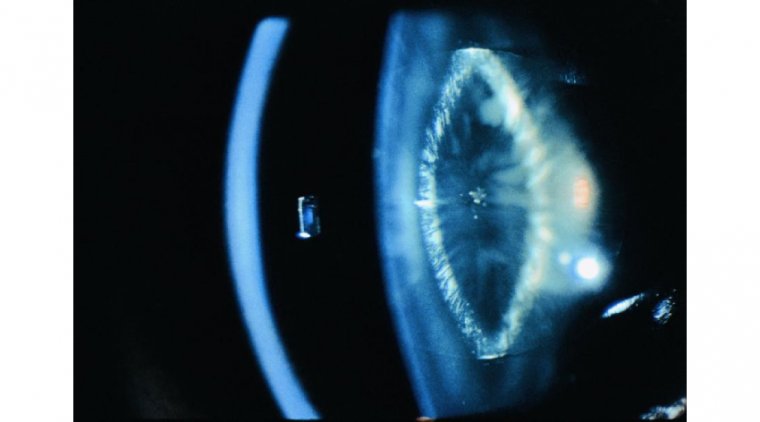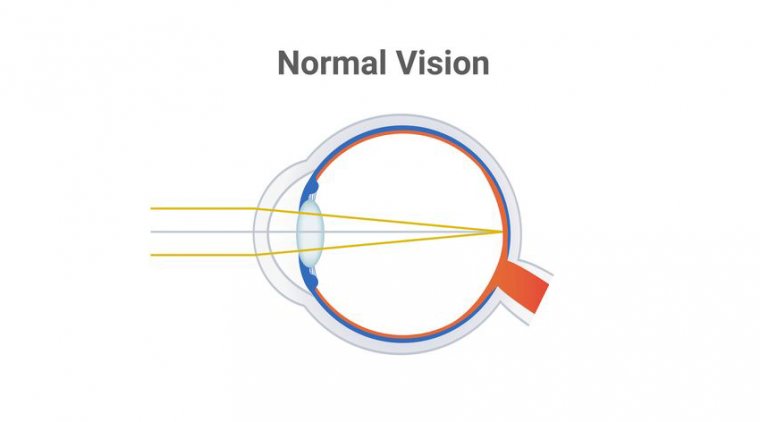
Selective Laser Trabeculoplasty (SLT) Surgery: A Comprehensive Guide
Selective Laser Trabeculoplasty Surgery (SLT) is an innovative procedure that employs laser technology to reduce intraocular pressure (IOP) in patients diagnosed with glaucoma. High IOP is a major risk factor for glaucoma progression and can result in irreversible damage to the optic nerve and vision loss if left untreated.
In this comprehensive guide, we will delve into the details of SLT, including its purpose, how it works, the potential risks and benefits, and the recovery process. By the end of this article, you'll have a thorough understanding of this cutting-edge treatment option for glaucoma patients.
What is Selective Laser Trabeculoplasty (SLT) Surgery?
Selective Laser Trabeculoplasty (SLT) is a minimally invasive outpatient laser surgery that is specifically designed to lower intraocular pressure (IOP) in patients with glaucoma. The procedure is primarily performed on individuals diagnosed with open-angle glaucoma, the most common form of the disease. SLT works by targeting the trabecular meshwork, the eye's natural drainage system responsible for regulating IOP.
By stimulating the drainage channels within the trabecular meshwork, SLT helps improve the outflow of the aqueous humor, the clear fluid that fills the front part of the eye. This, in turn, effectively lowers IOP and helps prevent further damage to the optic nerve caused by high pressure.
How Does SLT Work to Treat Glaucoma?
Selective Laser Trabeculoplasty (SLT) treats glaucoma by utilizing low-energy laser technology to specifically target the pigmented cells in the trabecular meshwork, the eye's natural drainage system. The trabecular meshwork is responsible for regulating the intraocular pressure (IOP) by controlling the flow of aqueous humor, the clear fluid that fills the front part of the eye.
1. During the SLT procedure, a focused laser beam is applied to the trabecular meshwork, creating a series of microscopic spots. These spots trigger a biological response that leads to the release of cellular debris and the activation of the body's own healing mechanisms. As a result, the trabecular meshwork's drainage channels are cleared, allowing the aqueous humor to flow out more efficiently.
2. By improving the outflow of aqueous humor, SLT effectively lowers IOP, which is crucial in managing glaucoma. Lowering IOP helps prevent further damage to the optic nerve, which is responsible for transmitting visual information from the eye to the brain. This ultimately aids in preserving the patient's vision and slowing down the progression of glaucoma.
.jpg)
What Are the Benefits of SLT Compared to Other Glaucoma Treatments?
Selective Laser Trabeculoplasty (SLT) offers several benefits compared to other glaucoma treatments, making it an attractive option for many patients:
1. Minimally invasive: SLT is a non-invasive, outpatient procedure that generally takes less than 10 minutes to complete. It is performed using a slit-lamp microscope and a contact lens, without the need for incisions or sutures.
2. Low-risk: SLT has a lower risk of complications compared to more invasive glaucoma surgeries. The procedure uses a low-energy laser that selectively targets pigmented cells, minimizing damage to surrounding tissue.
3. No systemic side effects: Unlike glaucoma medications, which can sometimes cause systemic side effects, SLT is a localized treatment that specifically targets the eye's drainage system, reducing the likelihood of side effects unrelated to the eye.
4. Repeatable treatment: If the initial SLT procedure does not achieve the desired reduction in intraocular pressure, or its effects wear off over time, the procedure can be safely repeated.
5. Medication reduction: SLT can potentially reduce or even eliminate the need for glaucoma medications, which can be costly and require strict adherence to a daily regimen. This may be particularly beneficial for patients who have difficulty administering eye drops or remembering to take their medications regularly.
6. Rapid recovery: Most patients experience minimal discomfort and can resume their normal activities shortly after the procedure. There is typically no need for an extended recovery period.
7. Effective in various glaucoma types: SLT has been proven to be effective in treating various types of glaucoma, including primary open-angle glaucoma, pigmentary glaucoma, and pseudoexfoliative glaucoma.
Preparing for SLT Surgery
Before undergoing Selective Laser Trabeculoplasty (SLT) surgery, there are several steps to ensure you are well-prepared for the procedure:
● Consultation with an ophthalmologist: A thorough eye examination will be conducted to determine whether you are a suitable candidate for SLT. Your doctor will discuss your medical history, current medications, and the potential benefits and risks of the procedure.
● Discuss expectations and goals: It is essential to have a clear understanding of what to expect during and after the surgery. Your doctor will explain the anticipated reduction in intraocular pressure, the possibility of needing additional treatments, and the potential need for glaucoma medications after the procedure.
● Arrange transportation: Since your vision may be temporarily blurred after the procedure, it is advised to arrange for someone to drive you home after the surgery.
● Follow pre-operative instructions: Your doctor may provide specific instructions to follow before the surgery, such as discontinuing certain medications or using specific eye drops. Make sure to follow these directions carefully to ensure the best possible outcome.
● Ask questions: Do not hesitate to ask your doctor any questions you may have about the procedure, recovery, or post-operative care. Being well-informed will help you feel more at ease and confident about your decision to undergo SLT.
● Get a good night's sleep: Ensure you are well-rested before the procedure to help reduce anxiety and ensure your body is in the best condition for the surgery.
What to Expect During and After SLT Surgery
Understanding what to expect during and after Selective Laser Trabeculoplasty (SLT) surgery can help alleviate any anxiety and ensure a smooth experience. Here's an overview of the process:
During SLT Surgery:
● Anesthesia: Your eye will be numbed with topical anesthetic eye drops to minimize discomfort during the procedure.
● Lens placement: A special contact lens will be placed on your eye to help focus the laser and ensure proper treatment.
● Laser application: The ophthalmologist will use a laser to target the trabecular meshwork, the drainage system of the eye. The laser creates microscopic spots in the meshwork, stimulating the drainage system and improving the outflow of aqueous humor, which in turn lowers the intraocular pressure.
● Procedure duration: SLT is a relatively quick procedure, typically lasting between 10 to 15 minutes.
After SLT Surgery:
● Post-operative care: After the procedure, your doctor may administer anti-inflammatory eye drops to help reduce any inflammation.
● Monitoring intraocular pressure: Your ophthalmologist will check your intraocular pressure shortly after the procedure to ensure it is at a safe level. Additional follow-up appointments will be scheduled to monitor your progress and ensure the surgery's success.
● Recovery time: Most patients can resume their normal activities within a day or two of the procedure. However, it is essential to follow your doctor's post-operative care instructions and attend all follow-up appointments.
● Potential side effects: Some patients may experience temporary side effects such as blurry vision, mild discomfort, or redness in the treated eye. These symptoms usually resolve within a few hours to a few days.
● Long-term results: SLT can be effective in lowering intraocular pressure for several years. However, the procedure's effectiveness may diminish over time, and some patients may require additional treatments or glaucoma medications to maintain optimal eye pressure levels.
What Are the Potential Risks and Complications of SLT?
Selective Laser Trabeculoplasty (SLT) is considered a safe and effective treatment for lowering intraocular pressure in patients with glaucoma. However, as with any medical procedure, there are potential risks and complications that may arise. Some of these include:
1. Intraocular pressure increase: Although rare, there is a possibility of an increase in intraocular pressure following the procedure. This may require additional treatment or medication to manage the pressure.
2. Inflammation: Some patients may experience mild inflammation in the treated eye. This can typically be managed with anti-inflammatory eye drops prescribed by your doctor.
3. Infection: While uncommon, there is a slight risk of infection following SLT. Following your doctor's post-operative care instructions can help minimize this risk.
4. Pain or discomfort: Some patients may experience mild pain or discomfort in the treated eye after the procedure. This usually resolves within a few hours to a few days.
5. Corneal or conjunctival burns: Very rarely, the laser can cause minor corneal or conjunctival burns. These are usually not severe and resolve on their own or with medical intervention.
6. Ineffectiveness: In some cases, SLT may not be effective in lowering intraocular pressure or may lose effectiveness over time. This may necessitate additional treatments or the use of glaucoma medications to manage eye pressure.
7. Cataract development: Although the risk is minimal, some studies suggest a small increase in the risk of cataract development following SLT.
Recovery and Aftercare
Recovering from Selective Laser Trabeculoplasty (SLT) is generally a straightforward process, with most patients experiencing minimal discomfort and a relatively quick return to normal activities. Here are some key aspects of recovery and aftercare following SLT surgery:
1. Immediate post-surgery care: After the procedure, your doctor will likely apply anti-inflammatory eye drops to reduce inflammation and lower the risk of infection. They will also check your intraocular pressure to ensure it is within a safe range before allowing you to leave.
2. Follow-up appointments: Your doctor will schedule follow-up appointments to monitor your eye pressure and assess the effectiveness of the procedure. These appointments may occur within a few hours, days, or weeks after the surgery, depending on your individual needs and response to treatment.
3. Eye drops: You may be prescribed eye drops to use for a few days to a week after the procedure to manage inflammation and prevent infection. It is important to follow your doctor's instructions and use the eye drops as directed.
4. Avoiding strenuous activities: For the first day or two after the procedure, it is generally recommended to avoid strenuous activities, heavy lifting, or intense exercise. This can help prevent any potential complications or increases in intraocular pressure.
5. Protecting your eyes: Take care to protect your eyes from irritants such as dust, wind, and bright sunlight by wearing sunglasses or avoiding harsh environments during the initial recovery period.
6. Monitoring for complications: Be vigilant for any signs of complications, such as severe pain, decreased vision, or excessive redness and swelling. If you notice any concerning symptoms, contact your doctor immediately.
To Conclude...
Selective Laser Trabeculoplasty (SLT) is an effective and minimally invasive laser procedure designed to lower intraocular pressure (IOP) in patients with glaucoma. It offers numerous benefits compared to other glaucoma treatments, including a quick recovery time and minimal discomfort. This comprehensive guide has provided an overview of the procedure, including its benefits, risks, and what to expect during the surgery and recovery process.
It is crucial to remember that each patient's case is unique, and the decision to undergo SLT surgery should be made in consultation with a qualified medical professional who is experienced in treating glaucoma. By seeking professional advice and carefully considering your options, you can make an informed decision that will help preserve your vision and maintain your eye health.
(1).jpg)










